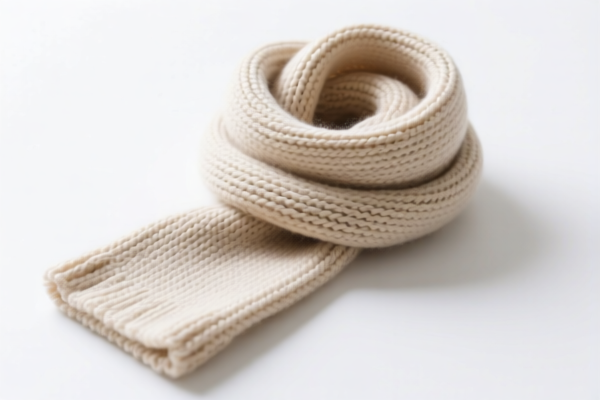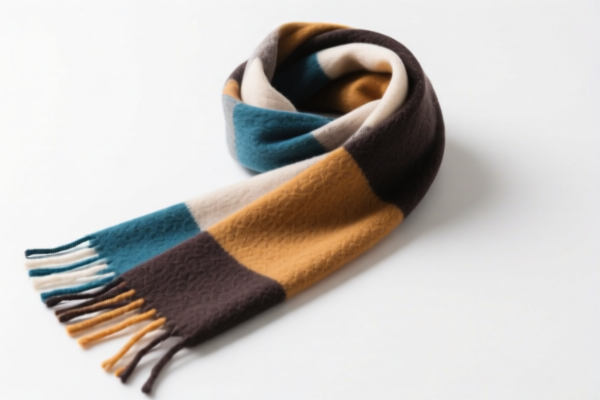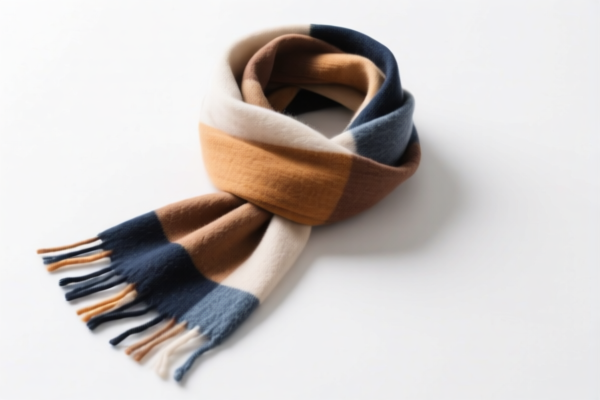| HS Code | Official Doc | Tariff Rate | Origin | Destination | Effective Date |
|---|---|---|---|---|---|
| 8544429090 | Doc | 57.6% | CN | US | 2025-05-12 |
| 8544499000 | Doc | 58.9% | CN | US | 2025-05-12 |
| 8516290030 | Doc | 58.7% | CN | US | 2025-05-12 |
| 8516290060 | Doc | 58.7% | CN | US | 2025-05-12 |
| 8545904000 | Doc | 55.0% | CN | US | 2025-05-12 |
| 8545902000 | Doc | 55.0% | CN | US | 2025-05-12 |
| 6114909070 | Doc | 35.6% | CN | US | 2025-05-12 |
| 3926209050 | Doc | 60.0% | CN | US | 2025-05-12 |
| 8468805000 | Doc | 55.0% | CN | US | 2025-05-12 |
| 8515904000 | Doc | 55.0% | CN | US | 2025-05-12 |




Electric Scarf
An electric scarf, also known as a heated scarf, is a wearable garment designed to provide warmth through integrated heating elements.
Material:
- Outer Fabric: Typically constructed from soft, comfortable materials such as fleece, polyester, acrylic, or a blend of these. These materials offer insulation and a pleasant tactile experience.
- Heating Elements: Thin, flexible heating wires, often made of carbon fiber or alloy metals, are embedded within the fabric.
- Power Source: Usually powered by a portable power bank (USB rechargeable) or, less commonly, batteries.
- Control System: Many models include a control button or switch to regulate heat levels. Some advanced models feature digital controllers with multiple settings and timers.
Purpose:
The primary purpose of an electric scarf is to provide localized warmth, particularly to the neck and upper back. They are utilized for:
- Cold Weather Comfort: Providing warmth during outdoor activities in cold climates.
- Therapeutic Use: Some users employ heated scarves to alleviate muscle tension, pain, or stiffness in the neck and shoulders.
- Fashion Accessory: Combining warmth with a stylish appearance.
Function:
Electric scarves function by converting electrical energy into heat through the resistance of the heating elements. The power source supplies electricity to the wires, causing them to warm up. The heat is then transferred to the wearer through conduction. Heat levels are often adjustable to provide varying degrees of warmth. Many models incorporate safety features like overheat protection and automatic shut-off.
Usage Scenarios:
- Outdoor Activities: Skiing, snowboarding, hiking, camping, or simply commuting in cold weather.
- Sporting Events: Providing warmth while spectating at outdoor sporting events.
- Office/Home Use: Offering localized warmth in chilly office environments or at home.
- Travel: Useful for maintaining comfort during air travel or in cold destinations.
Common Types:
- USB-Powered Scarves: The most common type, utilizing a USB connection to a power bank.
- Battery-Operated Scarves: Utilize replaceable batteries for portability, though battery life can be limited.
- Smart Scarves: Advanced models with digital controllers, multiple heat settings, timers, and potentially smartphone connectivity.
- Infrared Scarves: Utilize infrared heating elements for targeted warmth and potential therapeutic benefits.
- Fashion Scarves: Designed with a focus on aesthetics, incorporating heating elements discreetly into the fabric.
Electric scarves fall under several potential classifications based on their function and materials. Here's a breakdown of relevant HS codes based on the provided reference material:
- 8516290030: Electric space heating apparatus and electric soil heating apparatus: Other Portable space heaters: Fan-forced. This code applies if the electric scarf is designed as a portable heating device utilizing a fan to circulate warm air. The reference material defines this as a type of electric space heating apparatus.
- 8516290060: Electric space heating apparatus and electric soil heating apparatus: Other Portable space heaters: Other. If the electric scarf functions as a portable heating device without a fan, this code is applicable. It's categorized as another type of electric space heating apparatus.
- 6114909070: Other garments, knitted or crocheted: Of other textile materials: Other Other: Other (859). If the scarf is primarily a garment made of knitted or crocheted textile materials with electric heating elements incorporated, this code may be relevant. The reference material indicates this applies to garments made of materials other than wool or hair.
- 8545904000: Carbon electrodes, carbon brushes, lamp carbons, battery carbons and other articles of graphite or other carbon, with or without metal, of a kind used for electrical purposes: Other: Other. If the heating element within the scarf utilizes carbon-based materials, this code could apply. The reference material defines this as articles of graphite or carbon used for electrical purposes.
Important Considerations:
Regarding HS codes 8516290030 and 8516290060, the classification depends on whether the electric scarf incorporates a fan for heat circulation.
Regarding HS code 6114909070, please note that the material composition of the scarf is crucial for accurate classification.
Regarding HS code 8545904000, the composition of the heating element needs to be verified.
Customer Reviews
No reviews yet.